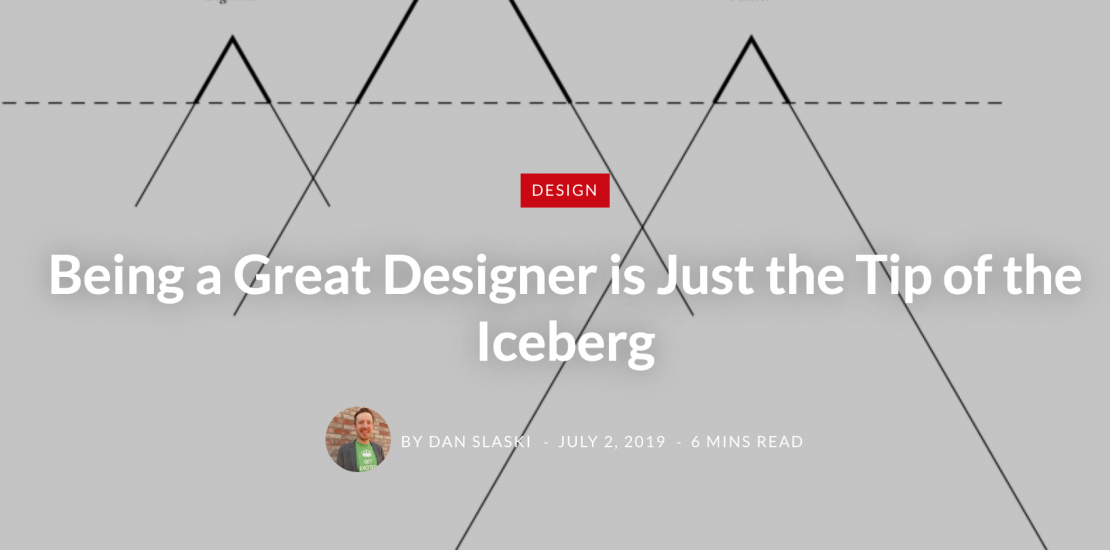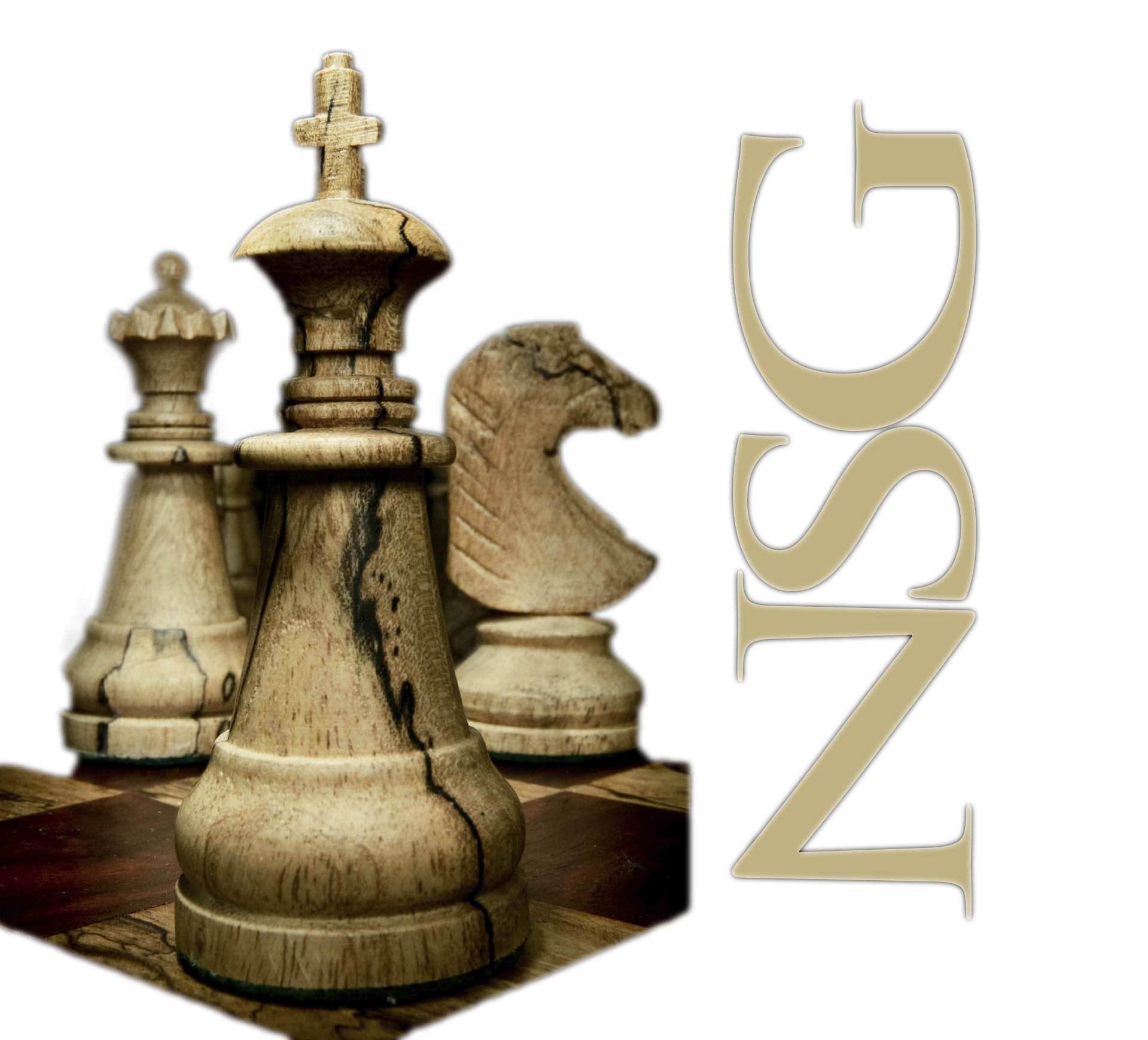Being a Great Designer is Just the Tip of the Iceberg
- July 11, 2019
- Posted by: Chase Gregory
- Categories: Emerging Technology, Manufacturing

You are a great designer. You have innate gifts with 3D and spatial relations and are a creative, original thinker. You have studied and mastered mechanical principles and fundamentals. Through industry experience, you’ve learned about manufacturing processes, rules of thumb and tools and tricks of the trade. You are an interesting “T-shaped” person pulling from a set of broad interests and skills. Requirements get fed to your mind and elegant designs come out. You are a machine-making machine. You have destroyed the good, fast, cheap paradox. You are a great designer… in the making. And the further you go in your career, the more you’ll recognize how different roles come together to make the greatness — the different hats you’ll wear. What hats?
1. Industrial Designer
Great designers prioritize function and form. Quality is a foregone conclusion — it’s expected. In a world of high-quality goods, aesthetics can be emblematic of a superior brand with resources in excess. Even for industries making specialty products in low visibility environments, hard-edged boxes with visible fasteners are going to be viewed with a degree of disdain. For industries where industrial design was barely considered before, it is now a new requirement with no precedent. It may be difficult to get the appropriate additional resources and get lumped in as part of the designer’s role as a new subjective requirement. The thought is, “you’re already designing it, just make it look nice.” But hey, you have resources in excess, right?
2. Model Maker
Great designers collaborate. They collaborate by sharing their ideas as physical “works-like” or “looks-like” models. You are creating designs for others, not yourself. Good collaboration generates a feedback loop to solve real needs. For physical product collaboration, physical prototypes are best because they incorporate the tactile, kinesthetic, ergonomic and even aesthetic details that don’t translate verbally or pictorially. The methods and approaches for creating physical prototypes are as fluid and boundless as a great designer’s creativity. Some physical prototyping takes craftsmanship or creative hybridizing, all take specific knowledge. The more realistic, the easier it is for others to understand. Understanding is prerequisite for feedback. The more expediently models can be made, the more cycles and feedback can be applied towards design enhancements. Specific internal modeling departments exist, or so I have heard. Likely due to smaller company sizes and the proliferation of 3D printers (and associated hype). Model making has become the must-have. Besides, you aren’t busy, right?
3. Project Manager
Great designers gather feedback freely and openly to prune ruthlessly. When soliciting “feedback”, you are going to get a lot of ideas and opinions. Some good, some bad. Some very, very bad. Opinions are like butts, everyone’s got one and a lot of them stink. Then it falls on you to cull the good from the bad and even good from good. Performing a complex, fluctuating and imperfect equation of internal and external factor balancing to best solve the need. This can be done intuitively based on deep experience or using a structured consensus-based, metrics-driven system. Either way, it falls on you to perform the selection “analysis”, follow-through, then be able to concisely summarize the rationale, and ultimately accept the consequences. Requirements should be provided to the designer by the customer or management. The reality is that in this increasingly frenetic, decreasingly structured design landscape, getting requirements is not the norm. And anyway, you have some spare bandwidth don’t you?
4. Researcher
Great designers don’t reinvent the wheel. We avoid reinventing what already exists by researching the “what”. This is market research to understand competitive products, technologies, and features. The way we create awesome designs is by researching the “how”. This is researching the vendors, components, and processes. Research can be very time-consuming. Some subjects are expansive and the effort is in the down selection, others specialized and difficult to find, some are new and not yet documented. Research is about the search for knowledge but requires exceptional knowledge to know where to look, how to spot key details and what threads to follow. There really is no end, just a time to stop. Got time for a wild goose or two?
5. Draftsperson
Great designers make executable designs. And often then execute on those executable designs. This takes the form of dimensional drawings, assembly drawings, procedures, configuration management, fixture design and so on. This has not been the designer’s role in large, structured, hierarchical and job-specific organizations. Like other hats, these jobs alone can be the entire role of person(s)/departments. Manufacturing engineering is less sexy and underappreciated or overlooked compared to design by those that don’t have experience with it, which doesn’t change its incredible importance. It’s creating the recipe for repeated recreation. It’s the virtual machine that powers the economic engine of scalability. So, with the aid of some software tools and decreasing understanding in this expanding startup, Kickstarter, and “gig economy”, these roles have thoughtlessly plopped onto the designer’s lap. Essentially, it boils down to, who else would be able to do it and understand it. Besides, your plate isn’t that full at the moment, is it?
6. Collection Agent
Great designers make it happen. Period. Does that sound familiar? Under communication, no communication, lack of transparency, overpromising and under-delivering, ghosting, flaking, questionable excuses, changing communication protocol right around delivery time? Portions of a project get reluctantly released to those with more resources or expertise (or so it seemed), giving you limited insight and oversight, and leaving you vulnerable and reliant. This reliance happens mostly at the beginning, for capabilities and information gathering, to make strategic decisions, and towards the end to prepare for integration. You know, the most critically important phases. To track progress, the best tools are meticulous time and detail management along with some good salesmanship. The amount of pressure to apply timing and style are communication nuances (not our traditional strength). The execution can span from polite pestering to surprise show-ups. The lack of control and occasional difficult conversations are stressful and make this one of my least favorite hats. But you don’t mind handling this, do you?
The Victor
Of all the hats, I love the victory hat — The polished 316 stainless steel crown bequeathed atop the great designer. The great designer relishes the victory, and more importantly, uses what they learned to reduce the amount of hat switching next time.
And now that you know what it really involves, you can start practicing these skills on your next project — perhaps a hat rack.
